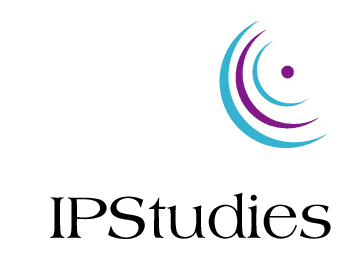Mid November, CNRS, the French largest public-funded research organization of more than 26000 employees, primarily researchers and engineers, announced a new technology transfer program for about 25% of their 4500 patent families portfolio. This is just yet another move in the patent monetization trend – and some of the financial figures at stake, more easily available for this public organization than for corporate world ones, deserve a closer scrutiny.
This CNRS technology transfer program specifically targets SMEs with the most mature technologies out of the CNRS research laboratories in a variety of fields, ranging from chemistry to computer science. A whole patent family can be purchased for a reasonable fee (talking about a few thousand euros per family – a priori a cost-based valuation). However, it is a conditional deal: the SME has to engage into a technology transfer program with the CNRS lab that issued the patent; depending on the technology readiness level, this will supposedly require between a few months and one year of development collaboration (think of it as the know-how transfer counterpart).
This announcement caught my attention as one of the major moves towards dormant IP portfolios monetization I have been observing in Western Europe since mid 2010. This trend started in the ICT field 2-3 years ago but is now spreading across an amazing number of sectors and industries – and now even public research institutes. Moreover, this CRNS monetization effort is of particular interest because it is possible to gather a number of underlying IP management and valuation figures from public sources, and analyze the financial drivers behind the monetization initiative.
A closer look at their figures actually shows that CNRS is right now facing the typical budget forecast challenge of the young, geographically extended patent portfolio exploding expenses (Figure 1). Expenses have increased from 2 millions Euros a year in 1999 to 9 million euros in 2006 [1], and the French media now report a total of a 17 million euros patent budget just for 2011 [2].
Any IP manager faces this sooner or later in his/her career, and this has even become more critical in the past decade as patenting practice increased on the one hand, while on the other hand globalization encouraged more and more post-PCT filings in large emerging countries such as China, India, or Brazil as the future growth markets. The initial invention filing only accounts for a small part of the total cost to secure and maintain patent claims in multiple countries over a 20 years lifetime. From my experience, those costs are hard to linearly predict and tend to peak between the 2nd and 4th year after the priority filing, as PCT countries have to be selected during that period while the claims often have to be defended against the examiner analysis in the main patent offices, requiring legal fees for specialized local patent attorney representation. Given the massive first filings CNRS reported in the end 2000s [3], with a standard coverage of about 10 countries, no surprises their costs are exploding.
In general, there are two main ways to address this challenge:
- Control the IP prosecution costs, by formalizing the patent investment decision process and reviewing them on a regular basis (patenting policies, patent portfolio reviews).
- Increase the IP return-on-investment, by looking for licensing or divestment opportunities beyond the conventional defensive patenting goals or exclusive licensing deals.
Of course, ideally, a combination of the two approaches will generate the best financial outcome for a given IP portfolio management. For CNRS, there isn’t much room for improvement on the cost control; the 8 million euros extra costs since 2008 correspond to a tremendous addition of 1000 patent families to the portfolio, i.e. an average cost of 8000 euros/year/family for 1-3 year old cases; other than abandoning some countries, there is little to do there.
So, whether those patents are worth the investment or not is what CNRS is now looking at – starting by their own portfolio review to identify the 1000 most mature technologies, and asking further feedback from the industry is not a bad idea (although one may question whether the primarily French SME target is large enough).
Last but not least, what will happen to the leftovers after this process? will they be aggregated into a France Brevets initiative, in other words trying quantitative valuation or long term valuation after qualitative short-mid term technology transfer attempts have failed?
To be cont’d….
Data sources:
[1] http://scd-theses.u-strasbg.fr/1845/01/THIBAUT_Eric_2010.pdf
NB: the IP licensing revenue considered here excludes the Taxol anti-cancer pharmaceutical patent license from CNRS to Sanofi-Aventis as clearly an outstanding case, unfortunately so far unique in terms of revenue.
